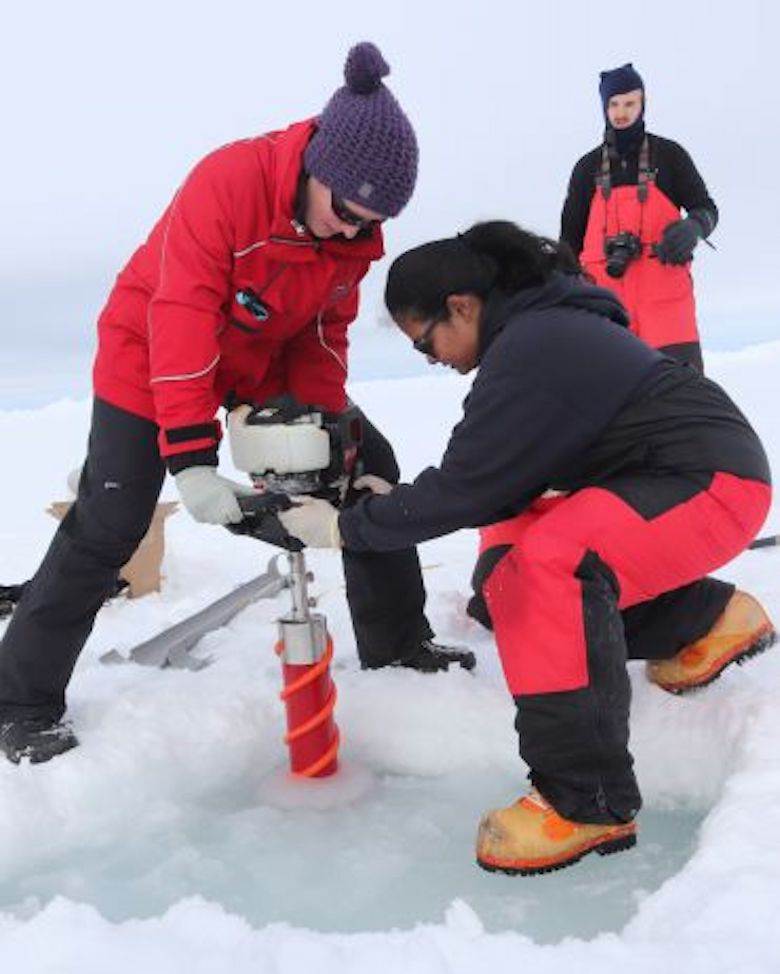Polyester pollution reaches Antarctic seas

Scientists from the University of Oxford and UK research non-profit Nekton have published findings in the Frontiers in Marine Science journal which suggest the discovery of microplastics, mainly from polyester textiles, in air, sea ice, seawater and sediment samples from as deep as 530 metres below sea level.
All samples were retrieved from Antarctica’s remote Weddell Sea.
The majority of fibres were found in air samples likely blown in from southern South America, the team said, pointing to the need to rethink earlier ideas about the Antarctic Circumpolar Current, for example, once widely believed to be an impenetrable barrier to microplastics. They were most highly concentrated in layers of sea ice, according to the published findings.
“Yet again, we have seen that plastic pollution is being transported great distances by wind, ice and sea currents,” commented co-author Lucy Woodall, a biology professor at the university and Nekton’s principal scientist, described as among the first to identify deep-sea sediments as “a major sink for microplastic debris” back in 2014. “The results of our research collectively demonstrate the vital importance of reducing plastic pollution globally,” she explained. “Synthetic fibres are the most prevalent form of microplastic pollution globally”.
Read our technical feature on plastic-free performance fibres in WSA here.
Members of the expedition team take ice core samples. Credit: Nekton.








